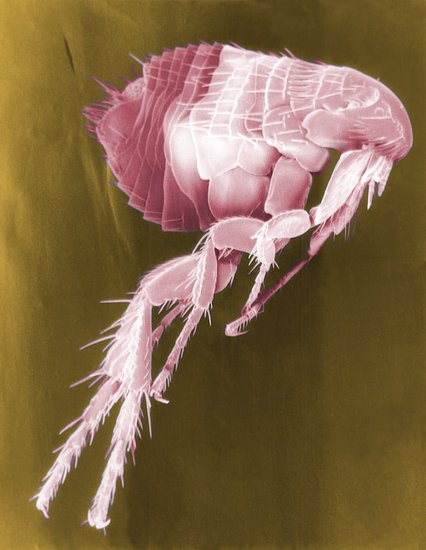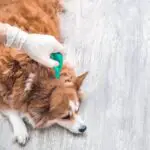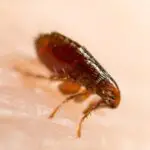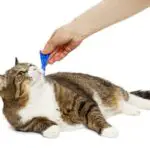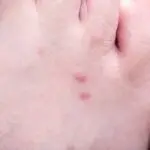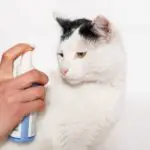Do Fleas Make Cats Lose Hair?
The first step in treating flea infestation in cats is to make sure they have flea-control treatments. Using a home flea spray or a cat flea collar can be an effective way to treat fleas. It’s also important to remember that fleas can cause severe behavioral changes in cats. This can include growling, scratching the floor, or darting from room to room.
If your cat starts to lick and scratch at his or her hair, it may have a flea infestation. It’s not uncommon for cats to over-groom themselves as a result of flea bites. It’s important to treat your cat with flea prevention to avoid parasites from taking hold. You can also try to keep your cat indoors to reduce its exposure to mites.
Some cats are more sensitive to flea saliva. As a result, they become itchy and prone to bald patches. These patches usually appear on the back and towards the tail. Thankfully, these bald patches are easy to treat and hair will regrow. You can try using flea combs to remove flea debris from your cat’s coat.
Another condition that may cause your cat to shed hair is ringworm. While fleas may cause bald spots on your cat, ringworm is caused by a fungal infection that affects cats. The fungus causes circular lesions on the skin. It is highly contagious and can also cause hair loss in your cat. Cats with ringworm will typically shed hair around the infected area. If left untreated, this condition can lead to a completely bald area of skin and an overall thinning of the hair cover.
